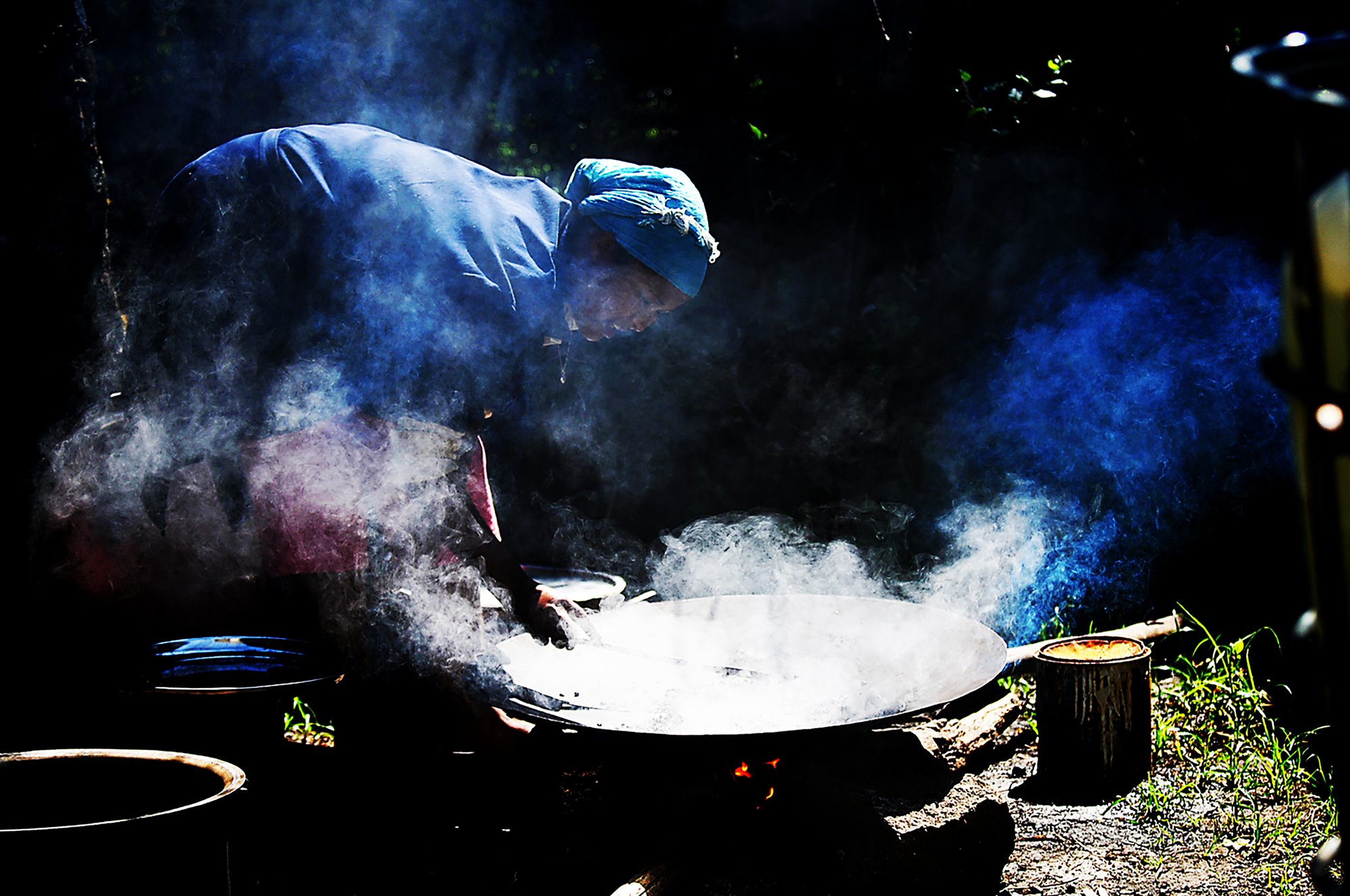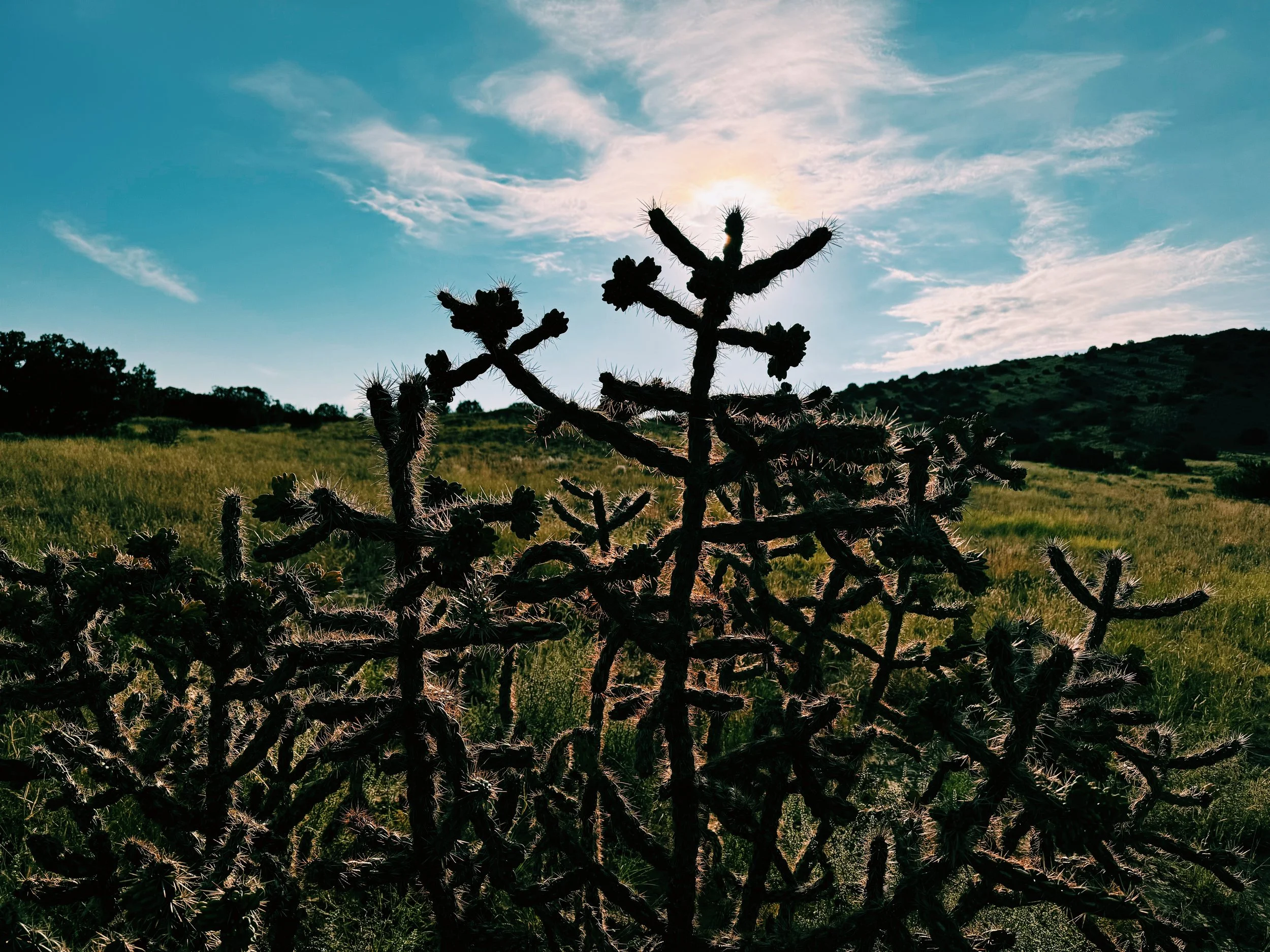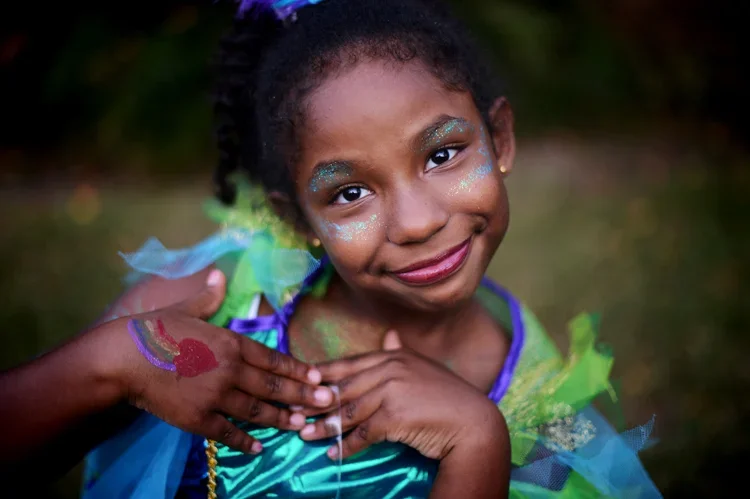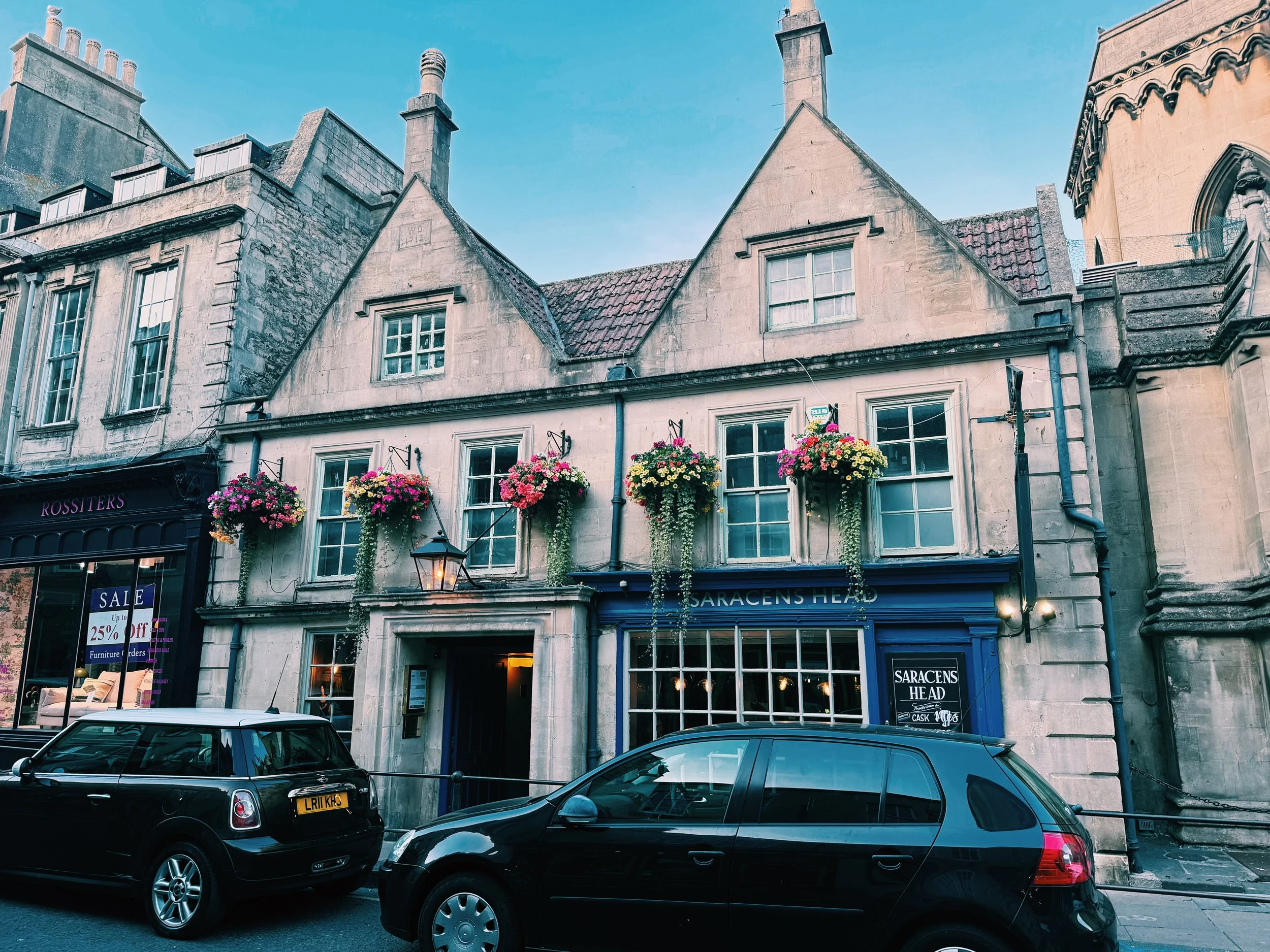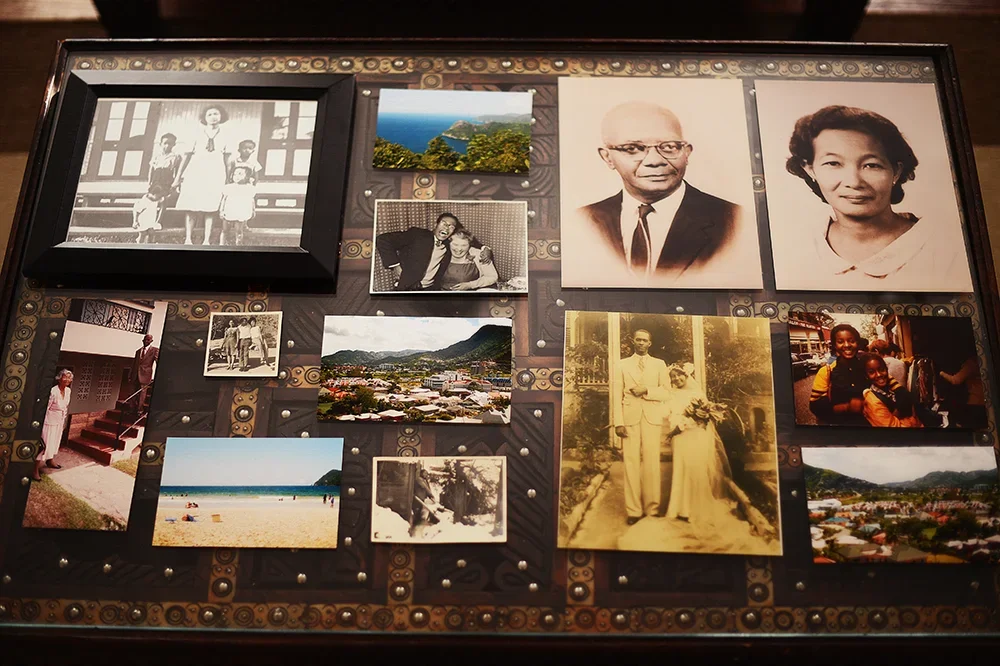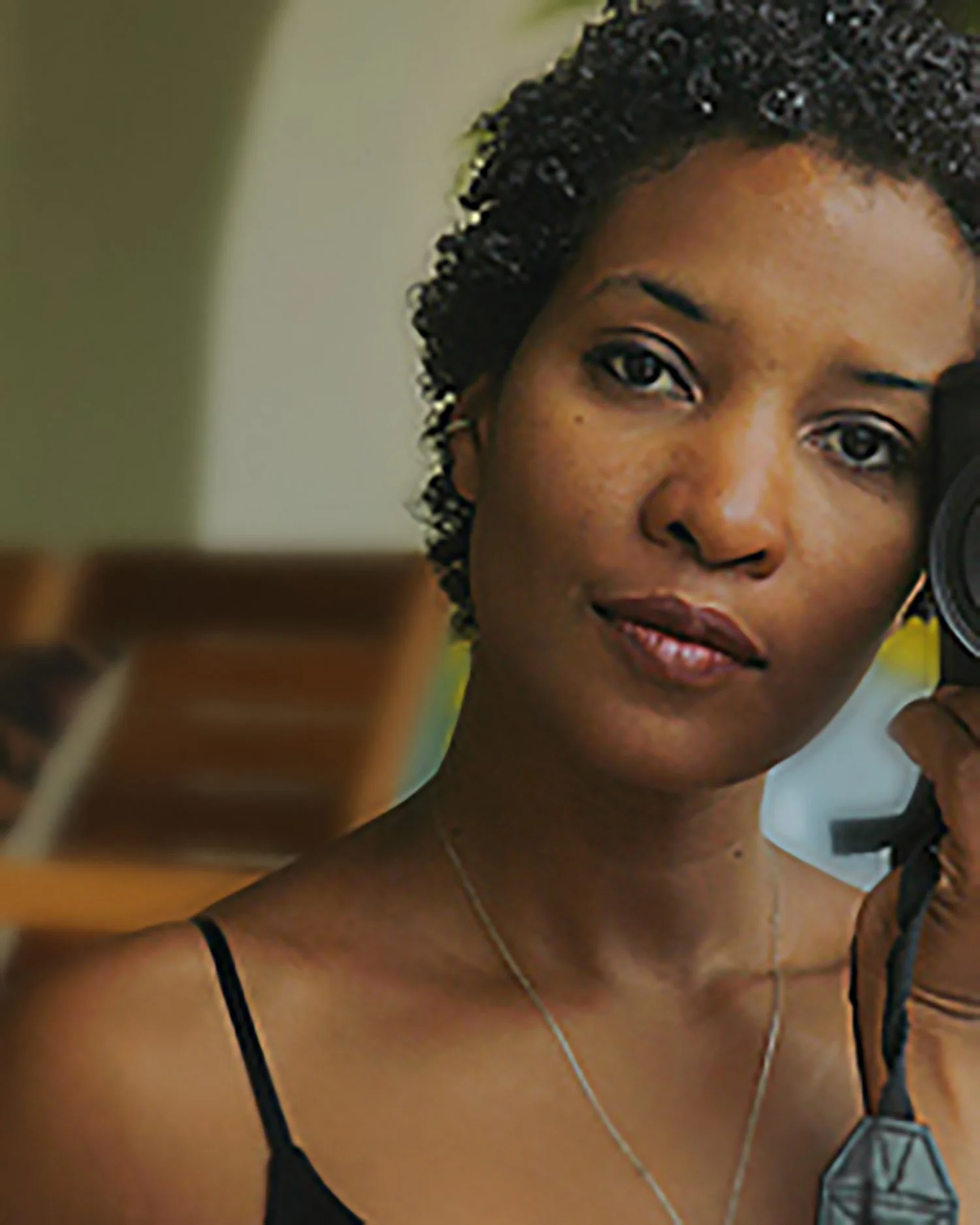the virality of good
Many years ago, my dad’s work required my parents to move to Stavanger, Norway. This was certainly the farthest north my Caribbean parents had ever lived, and they met this new adventure with gusto. Stavanger remains one of their most favourite places they’ve ever lived.
I remember once when my parents were visiting me, my mom shared a Norwegian tradition that charmed her. “Whenever I go visit the home of any of my Norwegian friends,” she said, “as soon as they welcome me in, they light a candle. They all do it. It’s such a lovely gesture, as if they’re each intent on doing one little extra thing to welcome me. It feels kind.”
Twelve years ago, I had the distinct honour of traveling with the ONE Campaign to Ethiopia. I was there as a travel photographer, and along with a group of writers, journalists and bloggers, ONE took us all over the country, visiting organizations that were committed to fighting extreme poverty and preventable disease.
Everyone we met at each site visit was warm and professional, but the thing that struck me the most was that at each location we were treated to a traditional coffee ceremony on arrival. And to be clear, an Ethiopian coffee ceremony isn’t a matter of simply pouring coffee and saying a few simple words. No, first, the green coffee beans are roasted over an open fire.
Then once roasted, the beans are ground in a mortar and pestle, and then brewed. After the coffee is brewed, the host, seated on loose grasses, pours the coffee for all the participants in small, handleless china cups. And then — delightfully! — the coffee is often served with popcorn.
This ceremony happened at each place we visited. Needless to say (and aside from the inevitable caffeine jitters), we felt so loved and honoured by our hosts. It felt so kind.
Last week, I was talking to my friend Stasia, a style activist committed to empowering women to tap into their powers of self-expression as tools of healing. Her work is incredibly joyful, and I was lamenting to her that I wished I saw more content like hers going viral on my social media feed, as opposed to the sort of snark or ridicule or mean-spiritedness that so often is the hallmark of posts people often share. “It’s not that I expect everything to be all sunshine and sweetness,” I said, “but isn’t it possible to speak about difficult topics, or hold folks accountable without unkind or dehumanizing language?”
“Well,” responded my wise friend, “positivity requires effort. And in times like these, with wars and genocide and violence and bigotry in the world, people are just depleted. And let’s face it: it’s often easier to feel collective misery than collective joy.”
It’s easier to feel collective misery than collective joy.
She’s right, of course. But I refuse to believe that it has to be this way. After all, there’s evidence that kindness and joy are just as contagious as their opposites. Besides, being kind and cultivating joy just feel better.
I’ve been thinking about the Norwegian and Ethiopian traditions of kindness, and wondering how these practices happened to be adopted by entire cultures. What made people, however long ago, decide, “Yes, this act of kindness should be something we all do” — and then actually do it? And how can we make kindness and joy and good go viral in our cultures now?
Honestly, I have no answers to these questions. But I do know that simply fomenting outrage without any positive action can’t be the way to change the world for the better. And without some sort of “kindness activism” that encourages a virality of good, the snark and mean-spiritedness will win. So I would love to hear your ideas for creating cultures of rituals of kindness in the comments (and if you have a ritual of kindness from your own culture, I’d love to hear that, too!). Because I really want my life’s work to be part of an intentional movement to make good contagious.

